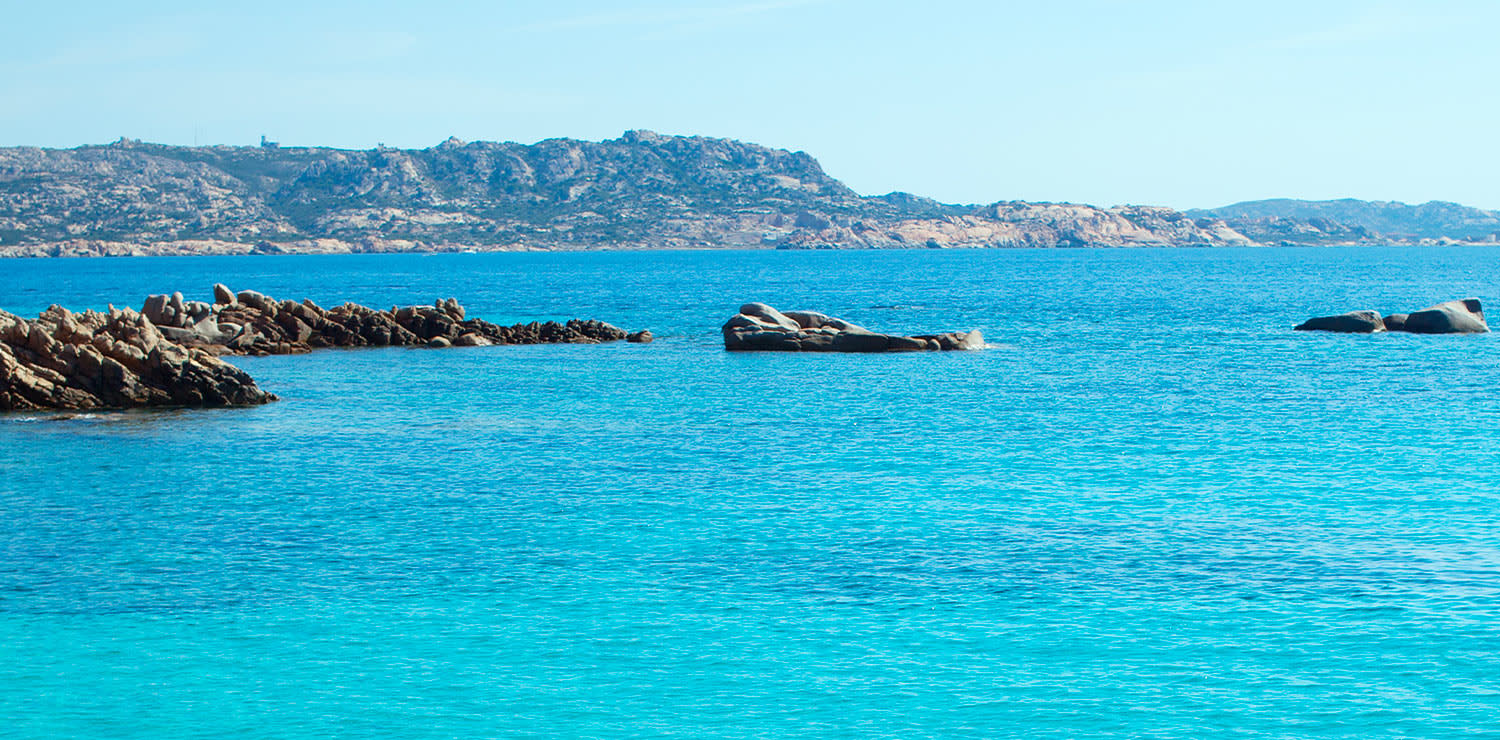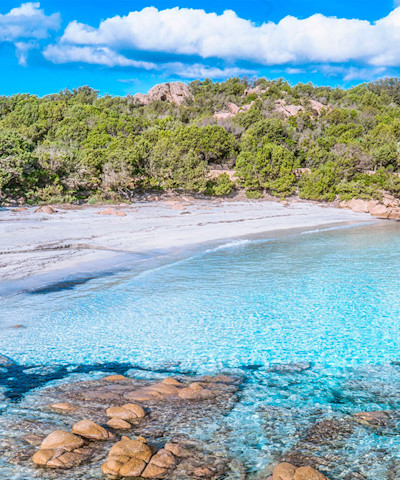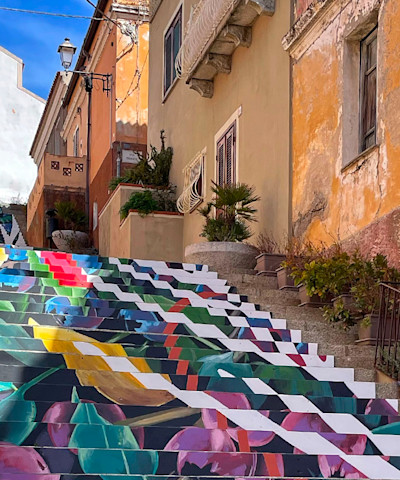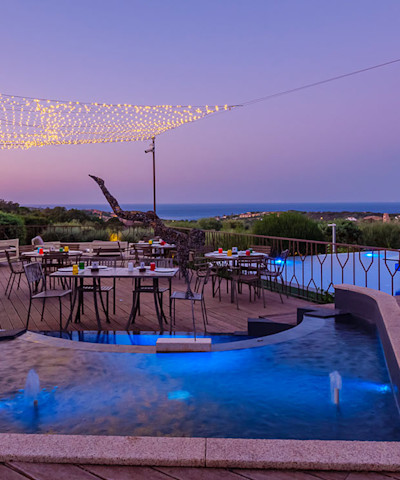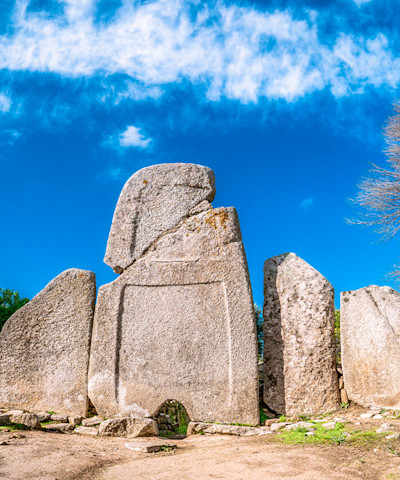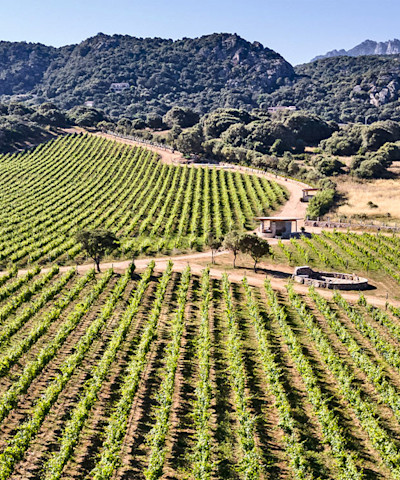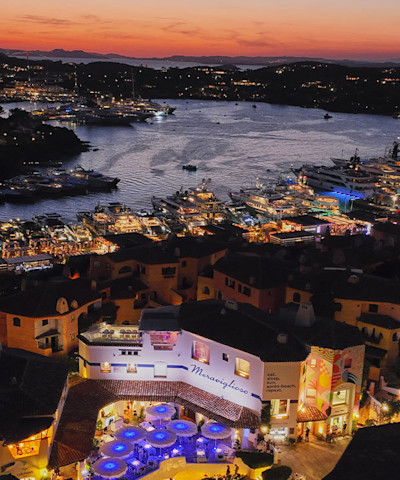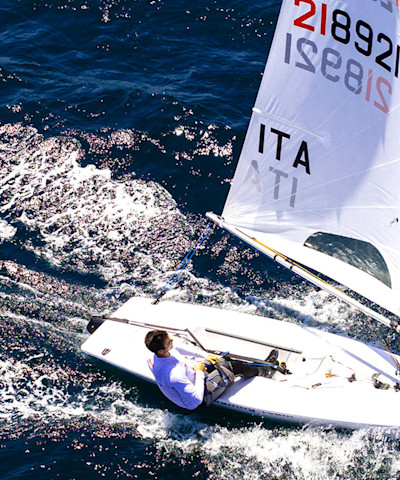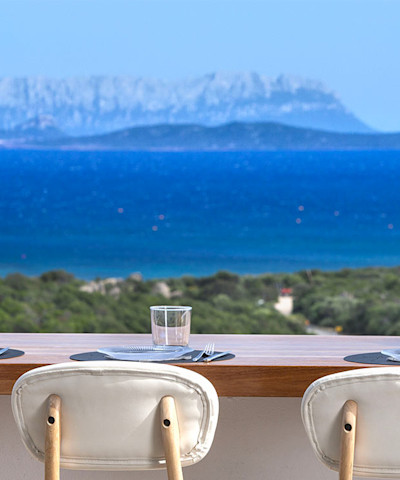La Maddalena Archipelago, what to do and places not to miss
A paradise of beauty combining crystal-clear sea, evocative landscapes, ancient traditions and unspoilt nature
An island within an island. La Maddalena represents one of the unique elements that permeates the unique insularity of Sardinia, an island in the Mediterranean, unlike many similar cases. Located at the eastern end of the Bocche di Bonifacio, the La Maddalena archipelago is famous for its beautiful beaches, numerous natural harbours, and Mediterranean maquis, from which huge granite rocks emerge.
The island of Caprera is known for being the place that welcomed Giuseppe Garibaldi, the Hero of the Two Worlds, who decided to spend the last 26 years of his life here. Located opposite Palau, the pink granite island of La Maddalena lies at the centre of the archipelago. As soon as one disembarks from the ferry, one is captivated by a place strongly linked to its insularity, connected day and night by ferries to the mainland, by its cobbled squares and by the contagious atmosphere of holiday and landing for sailors and fishermen. The main attraction is the sea and the breathtakingly beautiful landscapes. Diving enthusiasts praise the sapphire waters, among the cleanest in the Mediterranean. A 20 km scenic road runs around the perimeter of the island, making it easy to reach several beautiful bays, such as Giardinelli, Monti della Rena, Lo Strangolato and Cala Spalmatore.
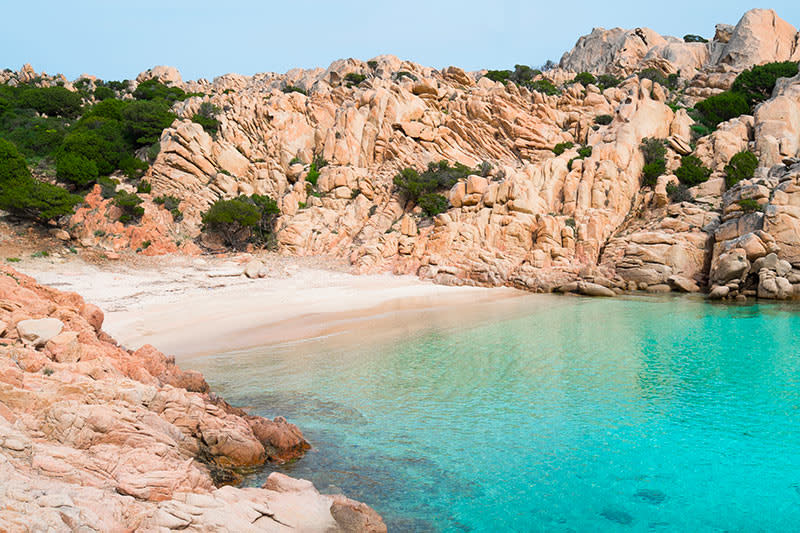 Spiaggia di Cala Coticcio, Isola di Caprera
Spiaggia di Cala Coticcio, Isola di CapreraThe Maddalena archipelago is wild and of enormous naturalistic value. It was established as a national park in 1994 and was declared a geomarine protected area. It consists of uninhabited islands, with the exception of the island of La Maddalena and the small settlements at Caprera and Santa Maria, where one can immerse oneself in the wilderness. A highlight is the sailing centre of Caprera.
It was born in 1967 from an intuition of Vittorio di Sambuy, Marco Notarbartolo di Sciara and Guido Colnaghi: that of creating a sailing school based on the values and traditions of Italian seafaring. It was realised thanks to the Italian Touring Club and the Naval League of Milan. With over 2,000 volunteers, it has become the largest sailing institution in Italy and a true international reference model. There are various types of courses, also for the under-14s, always focused on sea culture and respect for the great environmental heritage. The historic centre of La Maddalena is a maze of narrow, picturesque streets, where you can find small shops selling local handicrafts, typical restaurants and cosy bars. But the real treasure of La Maddalena is its unspoilt nature. Hire a bicycle and head for the beach of Cala Lunga, one of the most beautiful on the island.
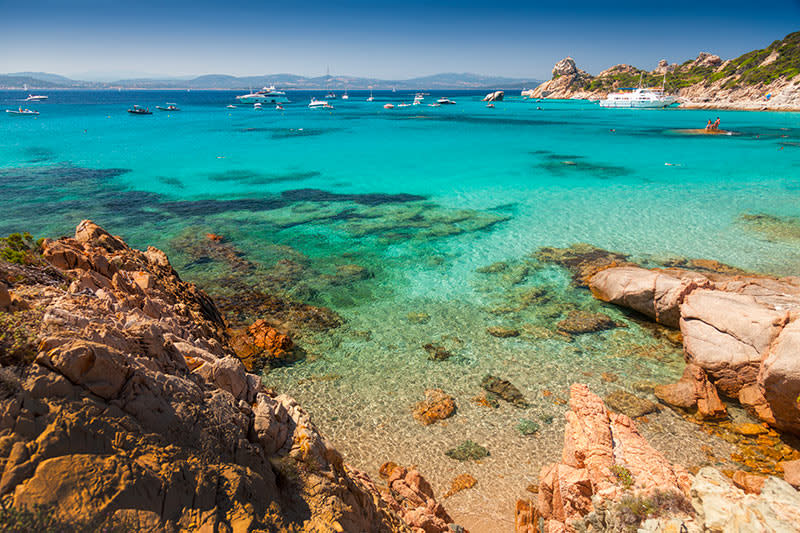 Cala Corsara, Isola di Spargi
Cala Corsara, Isola di SpargiIn La Maddalena, there are many things to do and see: one not to be missed is a visit to the Naval Museum, which tells the story of Sardinian seafaring. The Nino Lamboglia Naval Archaeological Museum was created to commemorate the famous Roman shipwreck and its contents, found in the waters of the La Maddalena archipelago. At the time of the shipwreck, around 120 B.C., the ship was full of wine amphorae and tableware vases of Campania production. The finds from the ship's equipment and crew provide us with valuable information on the structure of Roman naval trade, while the wreck itself is an important source of data on the production and export of numerous classes of objects. One of the main elements of the exhibition is the full-scale reconstruction of the hull section of the ship of Spargi, with its 202 amphorae, which well illustrates the stowage system. Lead anchor logs and other materials, recovered from the waters of the archipelago, are also shown. The landscape then offers the opportunity to take a kayak or canoe excursion between the islands of the archipelago and dive into the crystal-clear waters and admire the rich marine fauna. Then there are the paths to Spalmatore or Guardia del Turco. Climbing to the top of Mount Guardia del Turco provides a breathtaking panoramic view.




